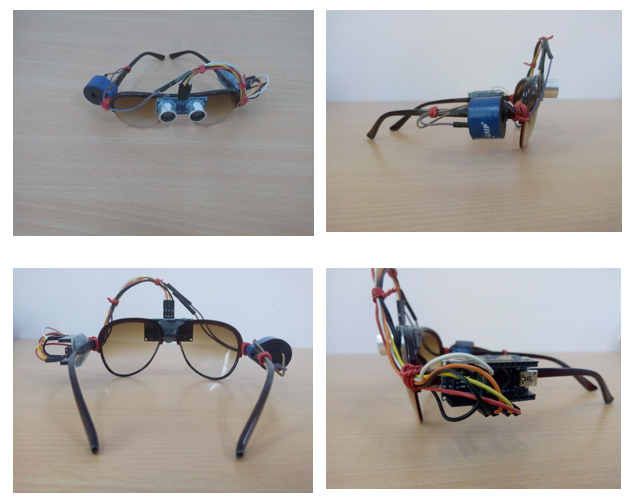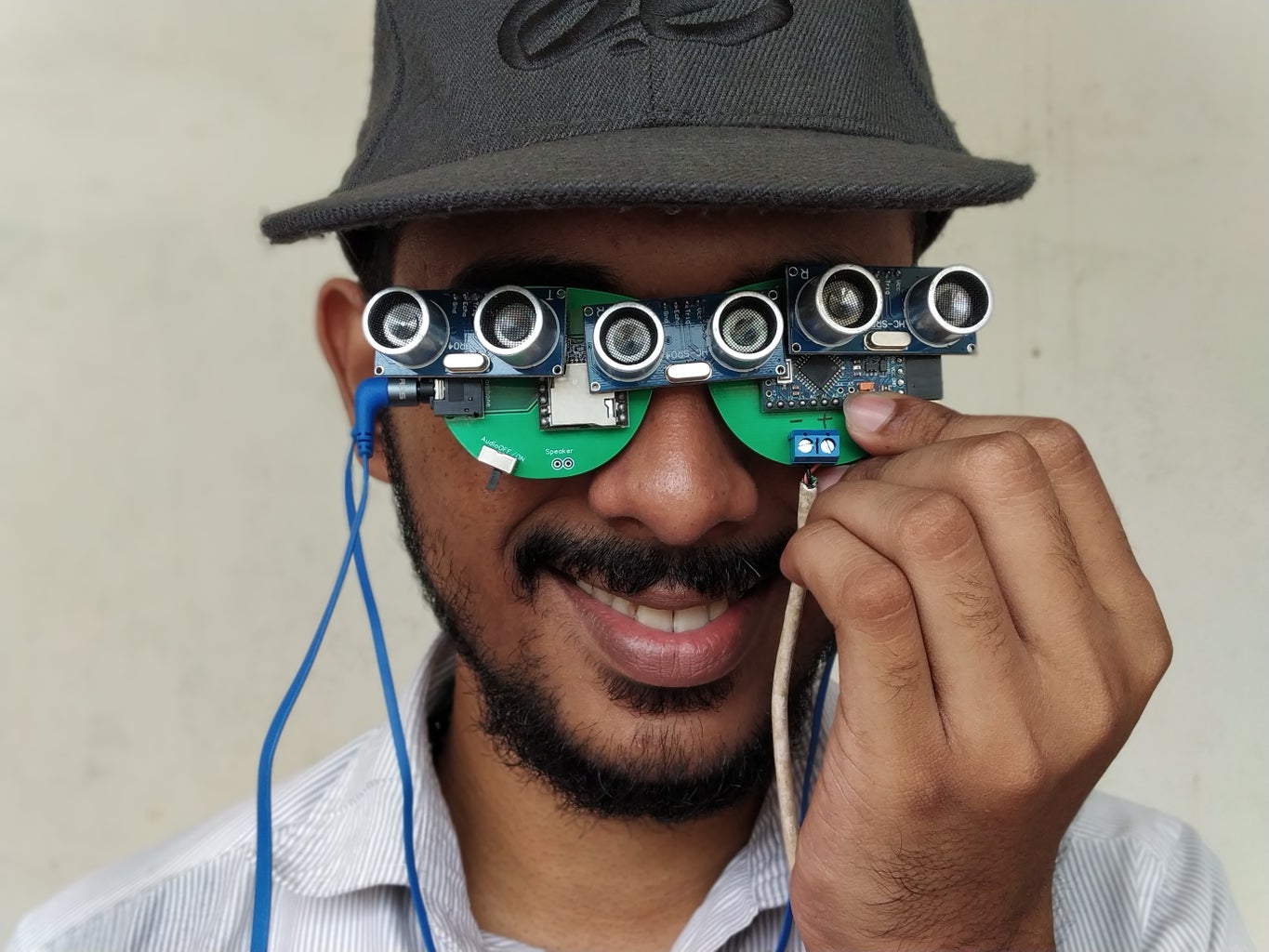Maximizing Efficiency with Screen Readers for the Blind: A Comprehensive Guide
Maximizing Efficiency with Screen Readers for the Blind: A Comprehensive Guide
Blog Article
Enhancing Availability Through Assistive Technology for the Blind
The assimilation of assistive innovation for the blind represents a pivotal development in accessibility, essentially changing exactly how people browse their atmospheres and involve with culture. From display visitors to innovative smart canes, these tools not just boost independence but likewise advertise inclusivity in numerous balls of life. As we check out the varied kinds of assistive devices and their tangible impacts on everyday living, it ends up being vital to examine how continuous technical developments are improving the landscape of assistance for the blind area. What effects do these advancements hold for the future of access?
Summary of Assistive Technology
Assistive innovation refers to an array of devices and software application made to enhance the capabilities of individuals with disabilities, including those that are blind or visually impaired. This technology plays a vital function in promoting self-reliance and enhancing the lifestyle for users. By offering alternate methods for accessing info and carrying out daily tasks, assistive technology equips people to navigate their atmospheres extra effectively.
The growth and execution of assistive technology welcome a range of concepts intended at fostering availability. These principles consist of user-centered layout, which prioritizes the demands and choices of the person, and the combination of modern technology right into everyday activities. Such improvements ensure that assistive tools are not only functional but very easy and likewise user-friendly to utilize.
In addition, assistive modern technology encompasses a varied range of services, from low-tech alternatives like magnifiers to high-tech developments such as screen visitors and Braille screens. The recurring development of this area is driven by the demand to deal with the unique challenges encountered by individuals with visual problems (Wearable technology for low vision). As technology remains to advancement, the potential for enhancing accessibility and promoting inclusivity remains appealing, inevitably contributing to a more fair society

Kinds Of Assistive Devices
Various types of assistive devices are available to support individuals who are blind or aesthetically impaired, each created to resolve specific requirements and obstacles. These tools can be extensively categorized right into 3 primary kinds: low-tech, mid-tech, and modern options.
Low-tech gadgets consist of things such as magnifiers, Braille labels, and responsive maps. These are relatively simple tools that enhance the customer's capacity to interact with their environment without needing complex technology.
Mid-tech gadgets usually include more sophisticated attributes, such as digital magnifiers and mobile Braille note-takers. These devices can use capabilities like speech result, allowing users to gain access to information much more effectively.

Influence On Daily Living
The accessibility of numerous assistive devices significantly improves the quality of life for people who are visually impaired or blind, influencing their daily living in extensive ways. By incorporating innovations such Continue as screen viewers, Braille shows, and audio summary services into their routines, individuals obtain greater freedom and independence. These devices facilitate access to info, enabling people to execute daily jobs, such as checking out e-mails, browsing public spaces, and delighting in media content.
Furthermore, assistive gadgets encourage individuals to engage even more totally in social interactions and area activities. The capability to utilize smart devices geared up with availability functions permits smooth communication and link with others. This connection fosters a sense of belonging and minimizes feelings of isolation.
In specialist setups, assistive technology supports efficiency by permitting individuals to full job jobs efficiently. Devices like voice acknowledgment software and specialized magnification gadgets allow customers to join the workforce on equivalent ground with their sighted peers.

Innovations in Technology
Recent technical innovations have actually substantially changed the landscape of devices available for people that are blind or visually damaged. The integration of fabricated knowledge (AI) and device knowing has offered increase to applications that boost navigation and things recognition. As an example, smart device applications can now make use of AI to identify and describe surroundings in real-time, giving users with valuable contextual information.
Furthermore, advancements in haptic technology have resulted in the development of wise walking canes outfitted with sensors that discover obstacles and supply tactile comments. This encourages individuals to browse their setting with increased confidence and self-reliance. Innovations in text-to-speech software program and braille display screens have boosted the access of electronic content, permitting for smooth communication with numerous media.
Wearable modern technologies, such as wise glasses, are additionally making strides in helping visual impairment. These devices can offer enhanced truth experiences, overlaying vital details onto the customer's field of sight. Jointly, these developments not only improve the quality of life for people that are blind yet also advertise higher addition in society. As modern technology remains to advance, the possibility for a lot more transformative devices stays imminent.
Future Trends and Innovations
As modern technology rapidly progresses, the future of assistive tools for individuals that are blind holds enormous guarantee. Developments in expert system (AI) and artificial eye care doctors intelligence are positioned to transform the means blind individuals interact with their atmospheres. AI-driven applications are being created to boost item recognition, permitting individuals to determine and navigate their environments with higher convenience and accuracy.
Additionally, advancements in haptic responses modern technology are allowing the development of tactile maps and navigation aids that supply real-time info through touch. These technologies not just boost wheelchair yet likewise foster independence. Furthermore, wearable gadgets geared up with increased truth (AR) functions are emerging, offering individuals visual details with sound descriptions, thus bridging the gap in between the electronic and physical globes.
In addition, the combination of smart home modern technology presents new chances for accessibility, permitting individuals to control their living settings through voice commands or mobile phone applications. As collaboration between technology developers and the blind community continues, the focus on user-centered layout will make sure that future innovations are tailored to meet the distinct demands of this population (Wearable technology for low vision). The trajectory of assistive technology guarantees an extra inclusive and empowering future for people who are blind
Final Thought
Finally, assistive modern technology plays a critical role in enhancing ease of access for individuals with visual impairments. The varied range of devices, including display visitors and wise walking sticks, significantly boosts everyday living and fosters self-reliance. Continuous innovations in technology and user-centered design make certain that these devices cater properly to the unique requirements of the blind area. As advancements progress, enhanced inclusivity and empowerment can be prepared for, eventually enriching the high quality of life for those affected by aesthetic disabilities.
The assimilation of assistive technology for the blind stands for a pivotal innovation in access, essentially modifying how people browse their atmospheres and engage with culture.Assistive innovation refers to a range of devices and software program designed to enhance the capabilities of people with impairments, including those that are blind or aesthetically damaged. Wearable technology for low vision.As modern technology swiftly progresses, the future of assistive tools for people that are blind holds tremendous pledge. The next trajectory of assistive technology assures a much more empowering and comprehensive future for people who are blind
In conclusion, assistive innovation plays an essential role in enhancing availability for people with visual impairments.
Report this page